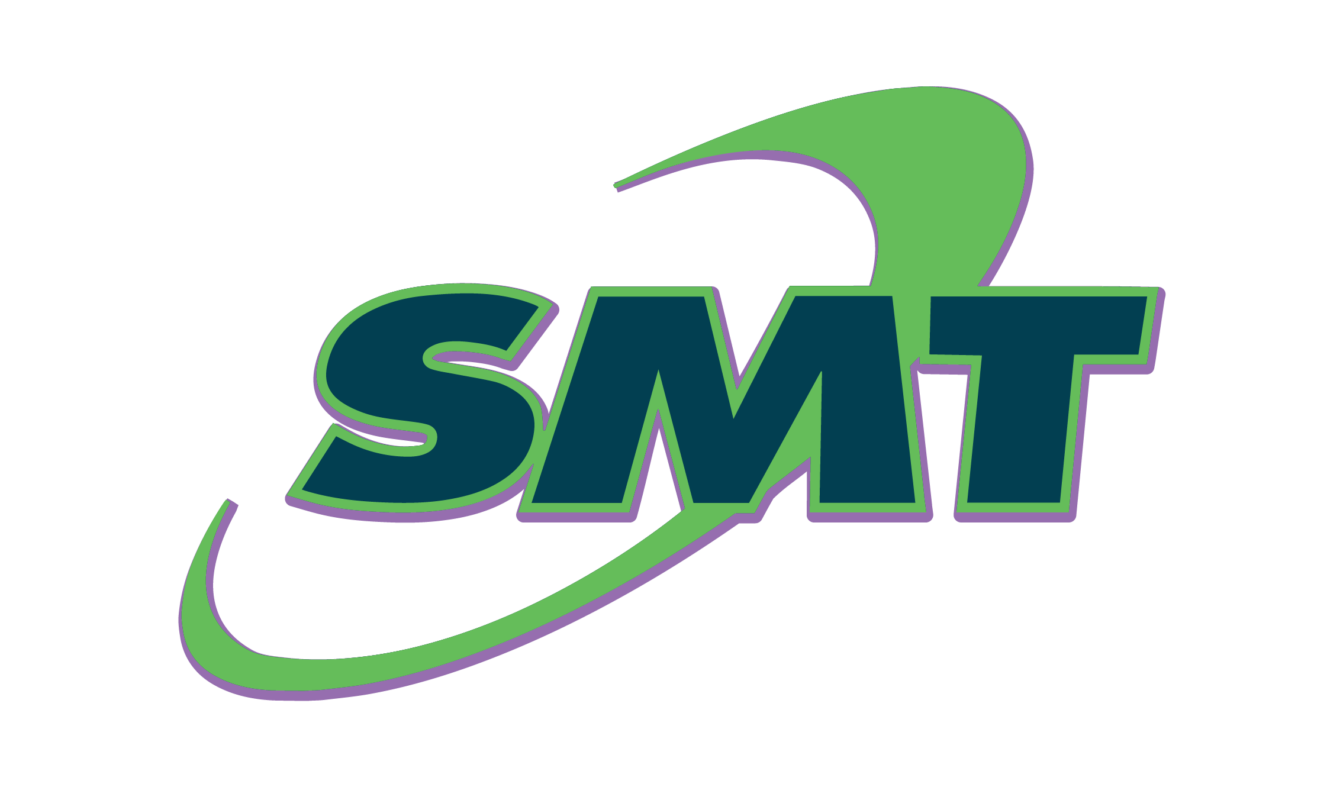Get expert advice on counterfeit electronic parts mitigation
Ask our team about the ways we can support your procurement of electronic components to ensure they are authentic and will meet the requirements of your mission-critical projects and applications.

